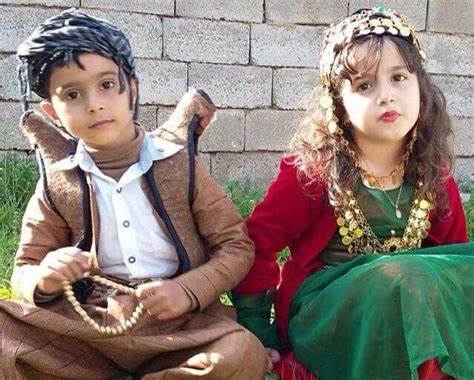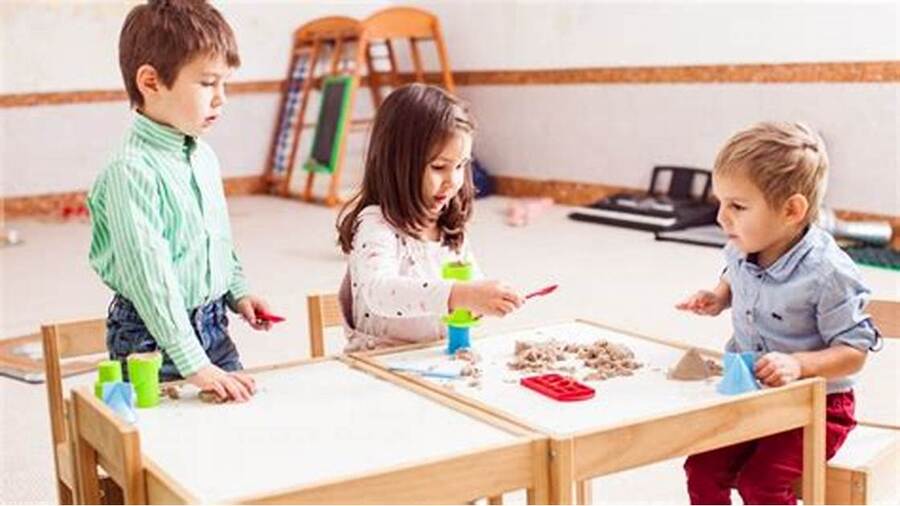The world of children between the ages of 3 and 4
At the beginning of age 3, we have a constantly moving child who remembers that they could not move with their current intelligence and skills earlier so they like jumping, climbing, driving, and playing with a ball since they enjoy moving their major muscles. Let them play, jump, and dance, but when they use scissors, be careful because they still need the skill. Here is a brief look at the world of the child's senses and brain between the ages of 3 and 4:
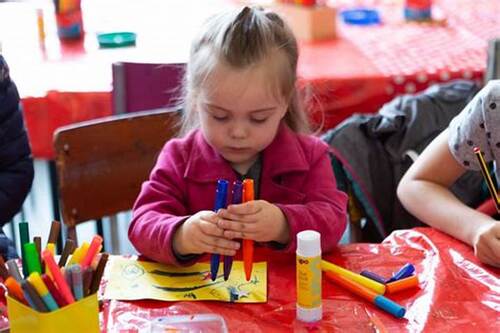
Language
Children know 250 to 1000 words at the age of 3 and up to 2000 by 4. Initially, they use 3-5 word sentences; listen to them as much as you can because just as they like to use big muscles and dance, they use their tongue. Do not correct them; sing, dance, and play with them.
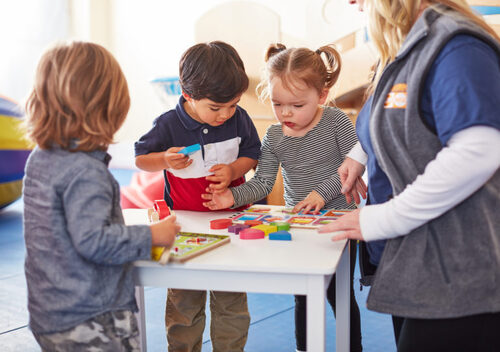
The brain and the imagination
1. Real and imaginary worlds mixed, the sky may be pink, and cats may fly.
2. They see themselves as the center of the world and everything that happens: the sun rises for them and the rain falls for them. They only care about themselves; when they beat a child, if you say, "Don't, do you like them to beat you back?" They do not understand. They ask a lot; teach your child to think. how? Do not answer every question, answer briefly, not long, or say what do you think? why is the sky blue; I do not know what you are saying; because it is painted blue.

Emotions and feelings
A 3-year-old child knows joy, sadness, fear, and anger. By 4; Increases self-esteem, insistence, separation, attachment, and intimacy. They can also empathize with a crying baby to stop them. They identify themselves in gender and the lines of difference become clearer. Initially, they approach the opposite sex parent and want to replace the opposite sex parent, and even, marry the opposite sex until he gradually becomes discouraged and understands.

Play (game): The Door to the Child's World
Children learn in games, express themselves, and talk about their joys, sorrows, and griefs. Some like to have permanent friends, and some find friends when they play. Children have imaginary friends who may be of different sex, older or younger, animal or human. If you want to understand children's world and understand or solve problems, become their game friend.
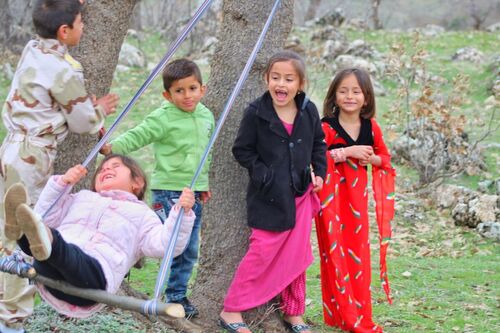
Fear
A child, especially between the ages of three and four, who is growing very rapidly and in short, both emotionally and physically growing and becoming more aware of their surroundings, may experience some fears or possibly some new events such as death around them, changing life place, or an unpleasant incident that has happened to them causes a special fear in their soul. Darkness is an obvious example of the fear of the childhood world. Some children express their fears in words, some show them on their faces, and some show them by sucking their fingers, chewing their nails, and curling their hair.
Dear parents, please see and understand your child's fears. Do not blame them at all, but offer them a warm hug and understanding. Do not try to convince them with logic. Be their friend until their fears pass or until you slowly solve them.
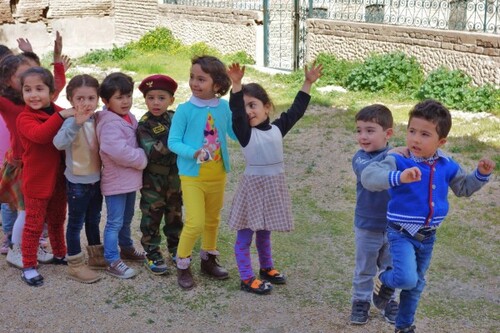
The different nature of children:
A simple classification of children's nature can be divided into three categories: Easy-going, tough, and slow-going.
Easy-going
Is happy, adventurous, self-organized, and flows like water into the glass of life.
Tough
They change their mind fast, find it difficult to agree, and have trouble with most things like eating, sleeping, dressing, and going to a new place with their parents and nurse. If they are treated patiently, they have a bright future. They can be very creative and talented managers.
Slow-moving
The process of activity is very slow, slow to adapt to new places and people and slow to reveal emotions and excitement. Prepare them for the new situation as much as possible in advance, or help them enter an unfamiliar environment such as taking or meeting a friend for the first time.

Shy children:
Shyness is the nature of some children. What should we do?
1. The child is shy, accept it and do not blame them.
2. Teach them something they are bright in, such as a sport, an art, or at least something amazing that others do not know.
3. Find a familiar source in a new environment.
